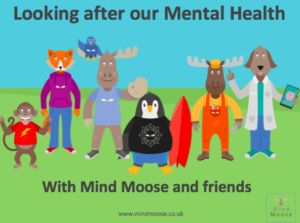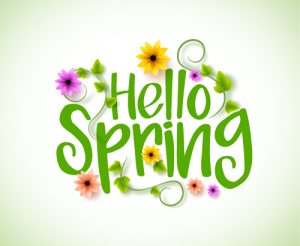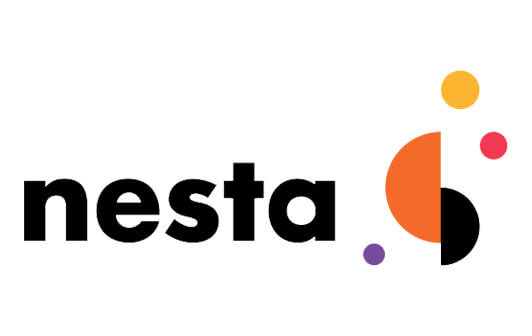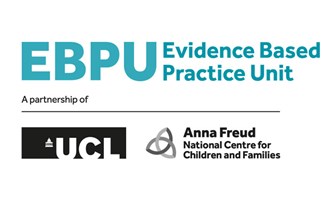 Tuesday 10th October is World Mental Health Day.
Tuesday 10th October is World Mental Health Day.
So, we have created an assembly for schools to use with their pupils.
It introduces mental health in the context of being as important to look after as physical health before discussing ways that we can all look after our mental health. It also discusses how children and adults in a school community can help each other to look after mental health.
You can download it by clicking the button below. Do let us know in the comments if you use it and how you get on!
Copyright © Mind Moose 2019
 The 21st of September is the
The 21st of September is the 
 This spring poem activity celebrates that spring has well and truly sprung here in the UK.
This spring poem activity celebrates that spring has well and truly sprung here in the UK.






